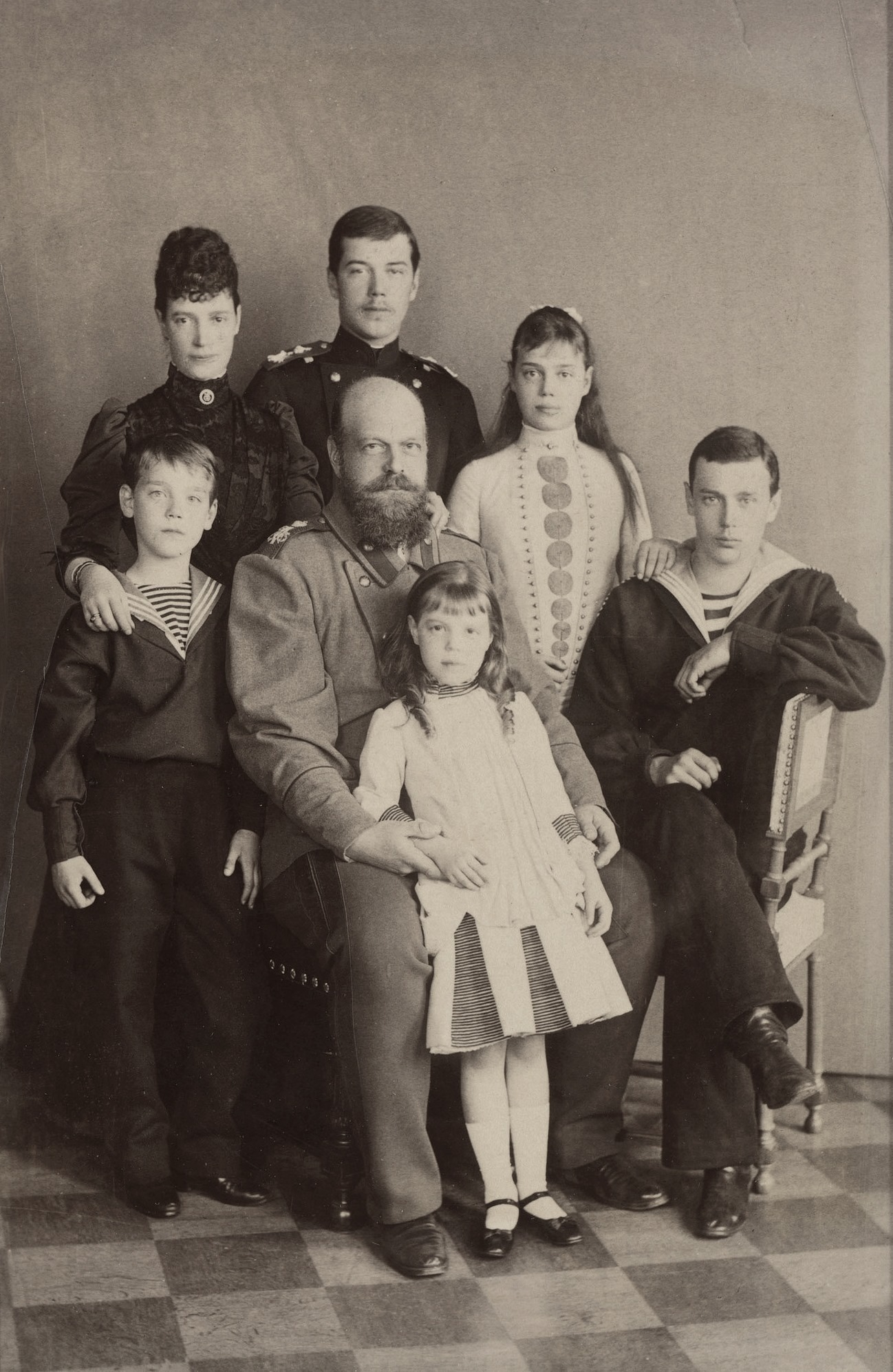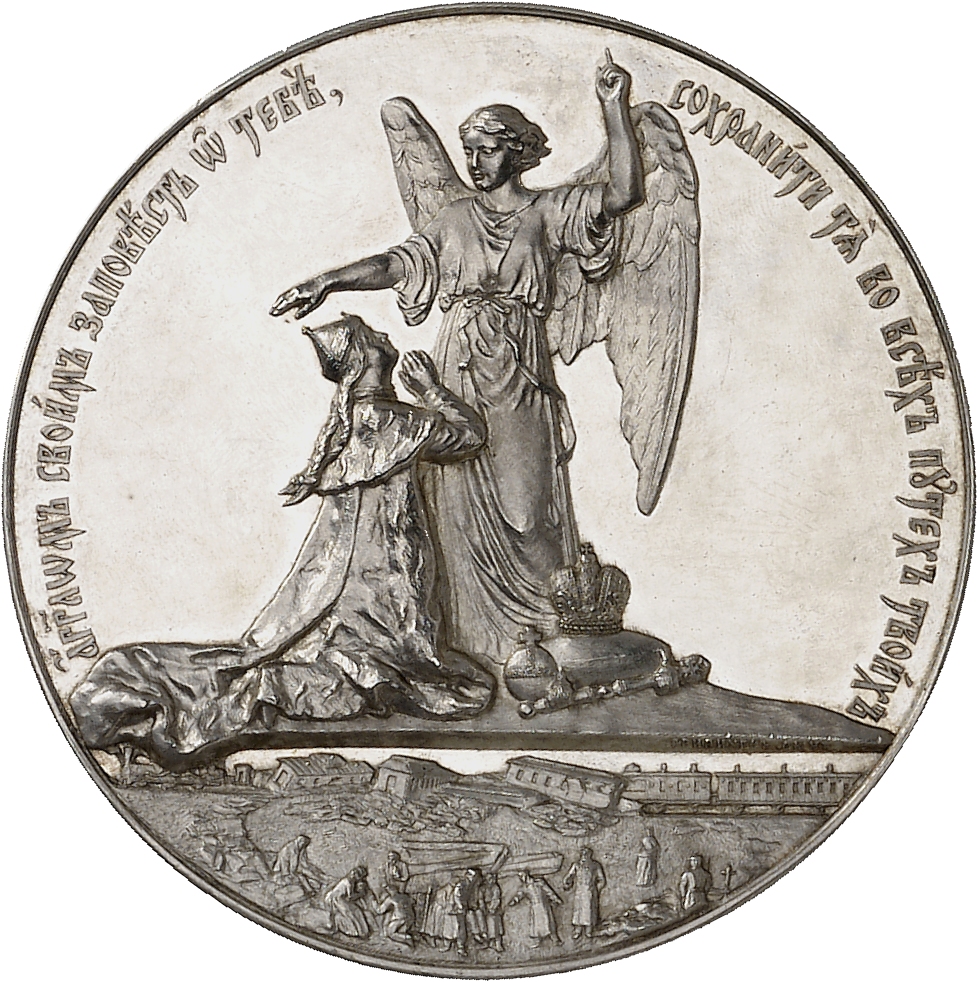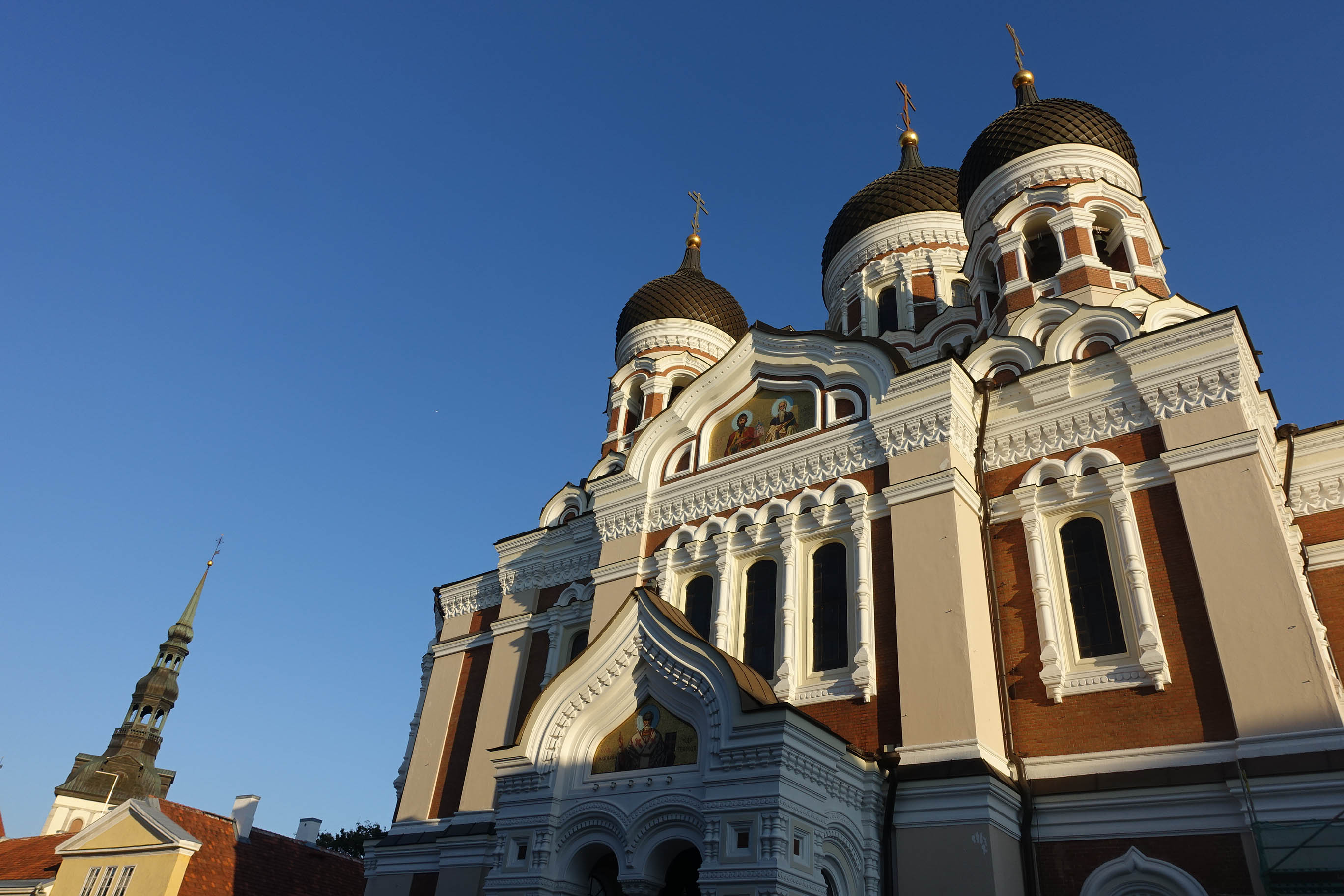The Borki Train Disaster
21. January 2024
It is probably the most unusual medal in Russian numismatics, the piece struck to commemorate the Borki train disaster on 29 October 1888. It depicts the tsar's family, not in the typical representative pose but in a somewhat private setting, wearing their travel attire. The Osnabrück auction house Künker will offer this about FDC medal on 1 February 2024 in the context of their Berlin Auction at an estimate of 6,000 euros. Whereas the bronze variety of this medal appears on the market every now and then, the silver pieces are particularly rare.

A Carefully Composed Snapshot
Although the depicted scene looks like a casual snapshot of the family after the accident, we are dealing with a carefully composed image. At the center is Tsar Alexander III. He is wearing a long military coat and a peaked cap. In a protective gesture, his arm is around his wife Maria Feodorovna.
To his right is the heir to the throne, Tsarevich Nicholas who was to become Nicholas II. He puts his arm protectively around his thirteen-year-old sister Xenia. To the left is seventeen-year-old George, in the foreground the two youngest children – at the time of the train disaster they were 10 and 6 years old. On this medal, they were allowed to act according to their age for once: little Michael, known to his family as Floppy, stubbornly puts his hands in his coat pockets and stares into space in shock. Olga, the youngest, runs to her dad to be comforted, her hair blowing and her skirt flying.

Photograph of the imperial family, ca. 1889, taken by Sergei Lvovich Levitsky.
It becomes clear that Avenir Grigoryevich Griliches, who was employed by the imperial mint in St. Petersburg, created a sophisticated balance between an informal und a representative setting if you compare the depiction to a photograph that was taken soon after.

Detail on the reverse.
The Borki Train Disaster
But how did the terrible accident come about? In mid-October 1888, the tsar and his family traveled from their summer residence on Crimea to St. Petersburg. The imperial train was set up for this purpose as usual. It was pulled by two steam locomotives. This was necessary since the 15 wagons and their 64 axles carried significantly more weight than any passenger train. To avoid any compromise in terms of speed, the train was in need of more power.
On 29 October – 17 October according to the Julian Calendar – the train passed the section between Kharkov (today’s Kharkiv) and Rostov. Near Borki (today’s Birky) station, the train was traveling at 68 kilometers per hour on a slightly sloping track that led over a railway embankment of about 10 meters of height. Then, the train derailed. Carriages two to eight fell down the embankment.

Photo of the derailed train.
A Miracle? A Heroic Deed?
At the time of the disaster, the imperial family was in the dining car for breakfast. Empress Maria Feodorovna described what came next: “At the very moment we were having breakfast, we felt a strong impact and immediately afterwards a second one, whereupon we all found ourselves on the floor, everything around us began to sway, fall and collapse. Everything was crashing and cracking like doomsday! At the very last second I saw Sasha, who was sitting across from me at the narrow table, collapse... At that moment, I instinctively closed my eyes so that they would not be harmed by the shards of glass and everything else that was falling on us. Everything was rumbling and crunching, and then suddenly there was dead silence, as if no one were alive.”
In fact, the imperial family was extremely lucky. It was nothing short of a miracle that they crawled out of the overturned train carriage with only minor bruises, abrasions and scratches. Right in front of the dining car was the kitchen and service car. The people in it were pulled out from the wrecked car crushed and mutilated. 21 people died at the scene of the accident. 68 were seriously injured, two of them so badly that they passed away shortly afterwards.
While the injured were cared for and the dead identified, the second imperial train was already on its way to Borki, where it arrived at night. It took the imperial family directly to St. Petersburg.
It did not take long for a rumor to spread that was also repeated by Sergei Witte, who was in charge of investigating the causes of the accident. He wrote: “Although several aboard were injured, the Emperor and his family escaped injury. In fact the Emperor and his family might have been killed but for his [the Emperor’s] tremendous strength. They were in the dining room when its roof collapsed, but he was able to support it on his back, thus permitting the others to leave the car safely. Then, in his characteristically calm and gentle manner, he left the car and gave comfort and aid to those who were suffering. It was only because of his strength, calm, and kindness that nothing worse happened.”

Complete view of the reverse.
The Miraculous Rescue as a Great PR Tool for the Romanovs
All over Russia, church services were held to thank God for having spared the imperial family. In religious Russia, this was considered a particular sign of mercy. God himself approved of the tsar’s rule, so to speak. Why else would he have stood by him during the disaster?
This is the very message that is conveyed by the depiction on the medal. It shows a guardian angel in front of a kneeling woman, whom we can interpret as the personification of the Russian Empire. On a cushion in front of her are the imperial crown and the scepter, and she prays to the guardian angel to protect them. The circumscription emphasizes this interpretation. Its translation reads: your guardian angel will protect you wherever you may go.

The Alexander Nevsky Cathedral in Reval, today’s Tallinn, was also commissioned to commemorate the blissful rescue of the imperial family. Photo: UK.
The medal is just one piece of an extensive propaganda campaign, heavily drawing on the divine protection of the Romanovs. This includes numerous church buildings, not only near the place where the disaster occurred. Both in Reval on the Baltic Sea, and in Yaroslavl about 300 kilometers north of Moscow as well as in today’s Volgograd, formerly Stalingrad, churches were built. Many of these churches were privately funded to demonstrate one’s loyalty to the tsar.
.jpg)
This type of icon was created to commemorate the rescue of the imperial family.
This is also the background of the many icons that represent the seven name patrons of the imperial family. The archetype icon was recreated after the railway accident and numerous copies of it were spread throughout the country. It bears the legend: “Commemorating the miraculous rescue of the Sovereign Emperor and his entire imperial family from the danger that threatened them when the train derailed on the Kursk-Kharkov-Azov line between the Taranovka and Borki stations on 17 October 1888.” Many Russians that were loyal to the emperor purchased such an icon to display it in their “red corner”.
Who Was to Blame for the Disaster?
Regardless of whether it was a miracle or not, the accident was a disaster for the reputation of the railway as a safe means of transport! We know how people react when a new technology shows its limits: they get afraid. And the Russian Empire with its endless territory simply could not afford its citizens to be afraid.
The railway was needed to open up the country for industrialization. The railway enabled Russia to transport raw materials and finished goods in a cheap and reliable manner. Therefore, expanding the railway line was at the top of the agenda. In 1855, the railway system comprised as few as 1,000 kilometers. By the late 1880s, this number had grown to more than 22,000 kilometers and the government had started to plan the Trans-Siberian Railway.
The tsar himself had to make sure that people did not lose faith in this new means of transport. Thus, a commission was set up to decide on the matter. However, opinions were split. Count Witte was probably right when he said: “What I had warned against had happened: because of their weight the locomotives began to sway when they reached the speed called for, then loosened some rails and jumped the track, taking the rest of the train with them down an embankment.“
Not a Unique Occurrence in Railway History
The Borki train disaster is just one of many terrible accidents in railway history, some of which caused many more people to lose their lives. The fact that particular accident became so well-known is due to its famous passengers and the sophisticated PR campaign it was used for.

